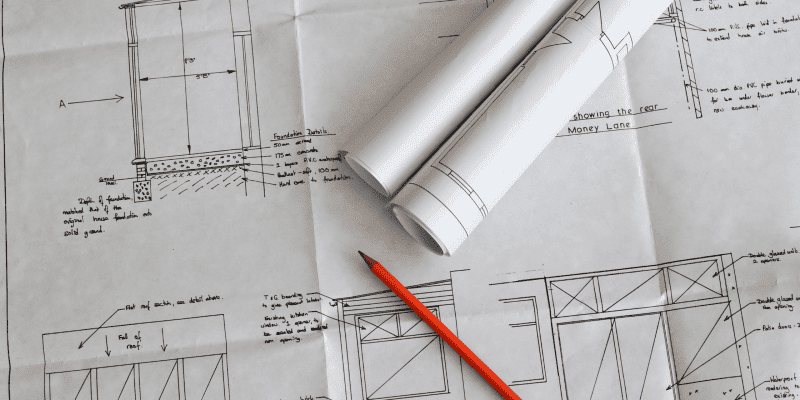To finance an addition on your home, you may find yourself applying for a Construction Loan with your lender. This is all well and good; however, you may find that the lender will not formally approve and release funds until plans, Council approval, and a Contract is in place outlining the progress stage payments of the build. So, to get to this point, how much should you expect to outlay? The short answer is that, for most of our clients at Smart Home Additions, it’s around $20-$25K to complete the preliminary stage – this is for the preparation of all the documents required to start building.
Here at Smart Home Additions, we break it down into two manageable costs for our clients, and below is an explanation of the preliminary process to help you as a client understand what happens before we can issue contracts and start your build:
Preliminary Phase 1: Design and Development of Your Architectural Plans
This is the start of your building journey with us. Here we coordinate a survey and engage the draftsperson to come out and meet with you. The draftsperson will talk you through your ideas, then design your initial concept plan to align with the quotation you have received. Usually, a few tweaks may be required, and then you can sign off on your concept plan, and the full architectural drawings can be created, ready for us to lodge for planning approval.
Preliminary Phase 2: Council Lodgement – Development Application & Construction Certificate OR Complying Development Consent
Once your plans are finalised (sitemap, elevations, shadow diagrams, floor plans, etc.), the next step is where we will lodge your plans with the Council or to a Private Certifier either as a Complying Development Consent OR as a Development Application and Construction Certificate.
CDC or DA/CC fees will be advised once plans are developed, and a Council fee quote can be provided. Here we obtain the additional relevant documentation needed for your build to be ready to start, and this includes:
- Statement of Environmental Effects – Details the potential environmental impacts the proposed build will have.
- Waste Management Plan – Applies to all homes across Australia and explains how waste generated on-site will be managed, maintained, and disposed of.
- BASIX – The Building Sustainability Index applies to all residential homes across NSW and confirms the glazing and energy rating minimum required to comply.
- Engineering plans, and if a first-floor addition, a first-floor certification to confirm your existing home will support the addition.
- Hydraulic plan and certification – This is to confirm your stormwater connections and how we will connect to the existing or if there are upgrades to the existing needed.
- Sydney Water check – To confirm that your build will not impact any of Sydney Waters assets.
- Sewer Service Diagram – We obtain this for the plumber to see where the existing connections to the home are.
- Long Service Levy – Applies to all residential works over $250K.
- There may be additional supporting documents required (e.g., Bushfire Report, Flood Report, Acoustic Report, etc.), and any other supporting documents as required.
How long does this process take? Well, this all depends on the Council, the service providers, and you as the client. We find that from planning to Council approval to issuing you with contracts can take around 3/4 months. Once your build cost and inclusions have been finalised, and your HIA fixed-price contract has been issued, you can then provide these to your lender to finalise your finance approval.
If you haven’t built before or have no knowledge of the building and construction industry, preparing all these documents can seem quite daunting. That’s why with Smart Home Additions, you would have us as your main point of contact to do all the hard work for you. We even liaise between yourself and the draftsperson to help you stay within your budget when developing your plans and address any questions you have about the build along the way.

